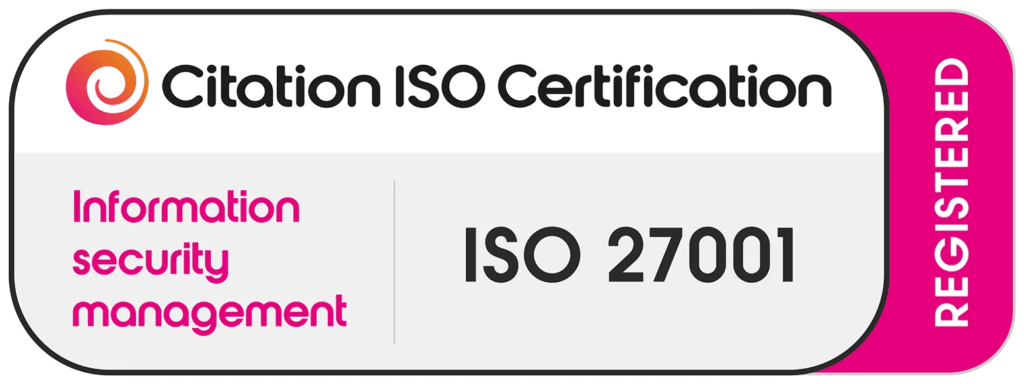Introduction
Boost Productivity & Security with Smart IT Asset Management businesses rely more than ever on technology to stay competitive. As organisations grow, so does the complexity of managing IT infrastructure. This is where Smart IT Asset Management (ITAM) comes into play. Proper ITAM not only enhances productivity but also fortifies security by ensuring every piece of hardware and software is accounted for, compliant, and protected.
By integrating IT asset management tools with cybersecurity strategies, businesses can gain real-time visibility, optimise resources, and prevent costly breaches. Whether you’re a startup or an enterprise, adopting smart ITAM practices is essential for staying ahead.
Understanding IT Asset Management (ITAM)
Definition and Scope
IT asset management refers to a set of practices that track and manage an organization’s IT assets throughout their lifecycle. These assets can include hardware like laptops and servers, software licences, mobile devices, and even cloud subscriptions.
Key Components of ITAM
- Asset Tracking Software: Helps monitor physical and digital assets.
- IT Compliance Management: Ensures assets align with internal and external regulations.
- ITAM Software Features: Include asset discovery, licence tracking, and automated reporting.
- Digital Asset Management Solutions: Provide tools for managing data and media assets efficiently.
The Role of ITAM in Enhancing Productivity
Streamlining Operations
Automated ITAM tools reduce manual tracking, allowing teams to focus on strategic tasks. Automated asset tracking ensures faster onboarding, quicker deployments, and real-time updates.
Reducing Downtime
Proper IT Asset lifecycle management prevents unexpected failures. When assets are monitored regularly, issues are detected early, minimising system outages.
Improving Resource Allocation
Smart ITAM helps identify underused assets, enabling reallocation to areas where they’re needed most. This boosts operational efficiency across departments.
Strengthening Security through ITAM
Identifying Vulnerabilities
ITAM integrates with cybersecurity tools to identify outdated or unpatched systems. Endpoint security becomes easier when every device is logged and monitored.
Ensuring Compliance
Following ITAM compliance standards ensures that all assets meet regulatory requirements, reducing the risk of fines and breaches.
Protecting Sensitive Data
A well-managed IT environment is a secure one. ITAM aids in data breach prevention by ensuring sensitive systems are always updated and protected.
Implementing Smart ITAM Strategies
Automation Tools
Modern ITAM solutions use AI to automate routine tasks, making asset tracking more efficient and accurate.
Real-Time Monitoring
Remote IT asset management allows IT teams to track devices from anywhere, enabling faster response times and better control.
Integration with Existing Systems
Seamlessly integrating ITAM with IT service management software improves workflows and ensures all systems are aligned.
Best Practices for IT Asset Tracking
Inventory Management
Maintain a centralised asset inventory using cloud-based IT asset management platforms for up-to-date visibility.
Lifecycle Tracking
From procurement to disposal, tracking an asset’s lifecycle ensures better planning and cost management.
Asset Tagging Methods
Using RFID or barcode tags can significantly improve the accuracy of physical asset tracking.
Leveraging Cloud-Based ITAM Solutions
Benefits of Cloud Integration
Cloud ITAM solutions offer scalability, remote access, and lower upfront costs.
Scalability and Flexibility
As your business grows, cloud platforms allow easy addition of new users and devices without extensive hardware changes.
Cost-Effectiveness
With subscription-based models, businesses can reduce capital expenditures and only pay for what they use.
Mobile Device Management (MDM) and ITAM
Managing BYOD Policies
Integrating Mobile Device Management (MDM) with ITAM ensures personal devices accessing company data are secure.
Securing Mobile Endpoints
Protecting smartphones and tablets is critical as they often hold sensitive data. MDM tools provide remote wipe and access control features.
Monitoring Mobile Asset Usage
Track how mobile devices are used within your network to detect unusual activity and prevent security risks.
Compliance and Regulatory Considerations
Understanding Legal Requirements
Industries like healthcare and finance face strict compliance rules. ITAM helps keep track of licenses and policies.
Implementing Compliance Checks
Routine audits and system checks ensure ongoing adherence to compliance frameworks.
Preparing for Audits
Having accurate records through ITAM makes audits smoother and less time-consuming.
Training and Awareness Programs
Educating Staff on ITAM Policies
Training employees ensures they understand the importance of asset tracking and proper handling procedures.
Promoting Security Awareness
Regular workshops on network security and cloud security solutions empower staff to spot and report threats.
Encouraging Best Practices
Reward systems can be used to encourage teams to adhere to ITAM guidelines, improving overall compliance.
Measuring ITAM Effectiveness
Key Performance Indicators (KPIs)
Use metrics like asset utilisation, downtime, and compliance rates to evaluate your ITAM strategy.
Regular Assessments
Periodic reviews help detect gaps and areas for improvement.
Continuous Improvement Strategies
Use insights from assessments to refine policies and tools, ensuring your ITAM remains effective.
Challenges in ITAM Implementation
Common Obstacles
Issues like lack of budget, outdated systems, and resistance to change can hinder ITAM success.
Solutions and Mitigation Strategies
- Leverage cloud-based ITAM solutions
- Offer ongoing training
- Use phased rollouts to ease transitions
Case Studies: Successful ITAM Deployments
Real-World Examples
Many companies have enhanced both productivity and security through smart ITAM. For example, a global tech firm cut downtime by 40% using automated asset tracking.
Lessons Learned
- Start small and scale
- Involve all stakeholders
- Choose the right tools
Measurable Outcomes
Increased ROI, enhanced compliance rates, and fewer security incidents are common outcomes.
Future Trends in IT Asset Management
AI and Machine Learning Integration
Future ITAM tools will use AI to predict failures and automate responses.
Predictive Analytics
By analysing usage patterns, businesses can forecast asset needs and optimise procurement.
Evolving Security Threats
ITAM will play a key role in combating sophisticated cyber threats, especially with the rise of remote work.
Conclusion
Smart IT asset management is no longer optional; it’s a business imperative. By implementing effective ITAM strategies, organisations can dramatically boost productivity while also securing their digital environment. Embracing automation, cloud solutions, and compliance standards ensures not just operational efficiency but long-term resilience against cyber threats.
You can also read: Secure Hard Drive Shredding | Protect Your Data with Confidence
Frequently Asked Questions (FAQs)
1. What is Smart IT Asset Management?
Smart ITAM uses advanced tools and automation to manage and track IT assets efficiently, enhancing productivity and security.
2. How does ITAM improve cybersecurity?
By maintaining visibility over all assets, ITAM helps identify vulnerabilities and ensures systems are compliant with security standards.
3. What are the best ITAM tools available today?
Top tools include ServiceNow, Freshservice, and ManageEngine, which offer cloud integration and automation features.
4. How can ITAM support remote work?
Remote IT asset management provides real-time tracking and control over devices used by off-site employees.
5. Is cloud-based ITAM secure?
Yes, when combined with proper cloud security solutions, cloud-based ITAM offers robust protection and scalability.
6. What are the legal implications of poor ITAM?
Non-compliance with IT regulations can result in hefty fines and increased risk of data breaches.



